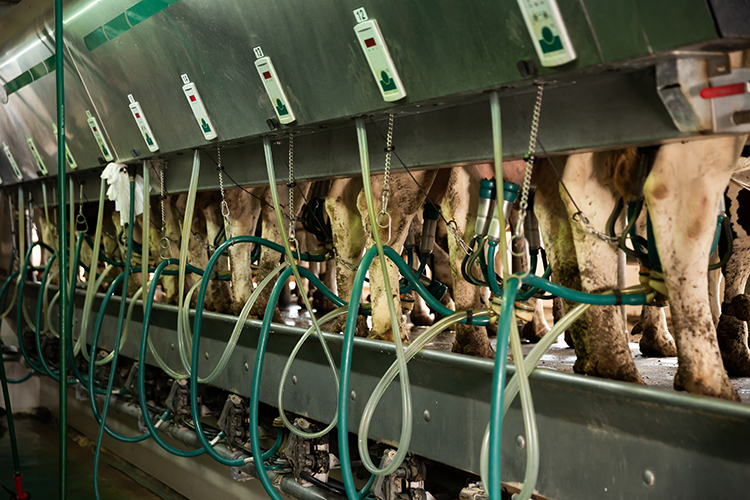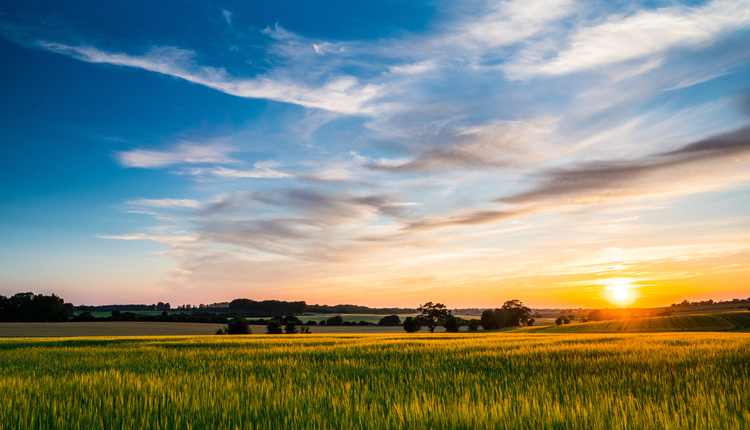
Oversupply, oversupply, oversupply.
If you want a word that sums up the problems of the dairy industry, that one seems to top the list when you look at it from any angle. The last year certainly threw a curveball as dairy processors had to adjust their production lines; no one could have expected the shift from food service to retail needed thanks to COVID-19. But even in a crazy historic year, this isn’t a new problem.
Dairy headlines from the last few weeks say it all again. The national dairy herd numbers are up. This means we are headed into the spring flush with already too much milk.
It’s the same vicious cycle that always holds the dairy industry in its grips. High prices yield oversupply that bring low prices, and around and around we go. How long can we dance to the same tune?
This isn’t to point fingers but to ask the hard questions. How do we fix a broken system? Why is the volatility of the milk market just an accepted fact of the dairy industry? Is there really a way to fix it?
At the end of the day, with everything we do and how hard we work, it doesn’t feel like too much to ask for a little stability. In any business strategy, you can’t oversupply a product and expect a truly profitable payout. So, let’s have a discussion. Instead of just going with how it’s always been, how do we work together for a better future?

The author is a third-generation dairy farmer from Oregon where she farms in partnership with her husband and parents. As a mother of young sons who round out the family-run operation as micro managers, Darleen blogs about the three generations of her family working together at Guernsey Dairy Mama. Abiqua Acres Mann's Guernsey Dairy is currently home to 90 registered Guernseys and transitioned to a robotic milking system in 2017.








